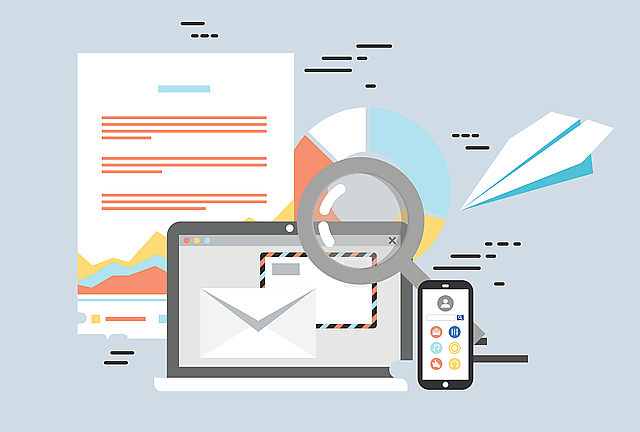

How To Ensure Your Customers Receive Your Notification Emails
Understanding DMARC, DKIM, and SPF: Safeguarding email communications.
What are DMARC, DKIM, and SPF and how to configure them.
As we continue to rely heavily on digital communications, ensuring the integrity and authenticity of our electronic messages becomes increasingly crucial. When it comes to email communication, three standards are paramount for maintaining email security and thwarting email spoofing: Domain-based Message Authentication, Reporting, and Conformance (DMARC), DomainKeys Identified Mail (DKIM), and Sender Policy Framework (SPF). In this article, we will delve into each of these concepts and their role in securing our email communications.
DomainKeys Identified Mail (DKIM)
DKIM is a mechanism that allows email systems to verify if the email claiming to come from a specific domain was indeed authorized by the owner of that domain. Essentially, it adds a digital signature to the header of an email message. This signature is generated using a pair of cryptographic keys - a private key that is securely stored on the sender's mail server and a public key that is placed in the DNS records of the sender's domain.
When an outgoing email is sent, it's signed with the private key. The receiving mail server fetches the public key from the DNS records of the sender's domain and tries to match it with the signature in the email header. If they match, the email is marked as authentic, meaning it was not tampered with during transit and truly originated from the claimed domain.
Sender Policy Framework (SPF)
SPF is a technique used to prevent spammers from sending messages on behalf of your domain. With SPF, a domain owner can specify which mail servers they authorize to send email on behalf of their domain.
When an email is received, the incoming mail server checks the SPF record of the domain found in the return-path address, which is the bounce address for undeliverable emails. The server verifies if the IP address of the sender is listed in the SPF record. If the IP address is listed, the message passes SPF authentication. If it's not listed, the email fails the check.
Domain-based Message Authentication, Reporting and Conformance (DMARC)
DMARC is a protocol that uses SPF and DKIM to determine the authenticity of an email message. DMARC requires both SPF and DKIM to fail before it acts on a message.When a DMARC policy is established for a domain, the domain owner has the option to specify how an email that fails DMARC checks should be handled: it can either be quarantined (typically landing in the spam or junk folder), or rejected outright. Additionally, DMARC includes a reporting function that alerts the domain owner of any domain abuse, providing visibility into who is sending email on behalf of their domain.
DMARC, DKIM, and SPF work together to improve the effectiveness of email authentication. While SPF and DKIM validate the authenticity of an email, DMARC uses this information to enforce policy, and provide a feedback loop.
ConclusionIn an era where email security threats are increasingly sophisticated, using DMARC, DKIM, and SPF is vital to protect your email domain from spoofing and phishing attacks. These technologies authenticate your email infrastructure, increasing the likelihood of your emails being delivered to the recipient's inbox instead of their spam folder, while also protecting your reputation by ensuring spammers can't send emails that look like they're coming from you.
Although it may require a bit of effort to set up these security measures, the enhanced level of security and the trust they foster with your customers make it well worth it. With DMARC, DKIM, and SPF in place, you can rest assured that your email communications are as secure as they can be.
How To Setup DMARC, DKIM and SPF With Different Email Services & Collaboration Tools
Google Workspace
Microsoft365
Zoho Mail. More info here
Goddady